Upcomming / Current Exhibition
Upcomming / Current Exhibition
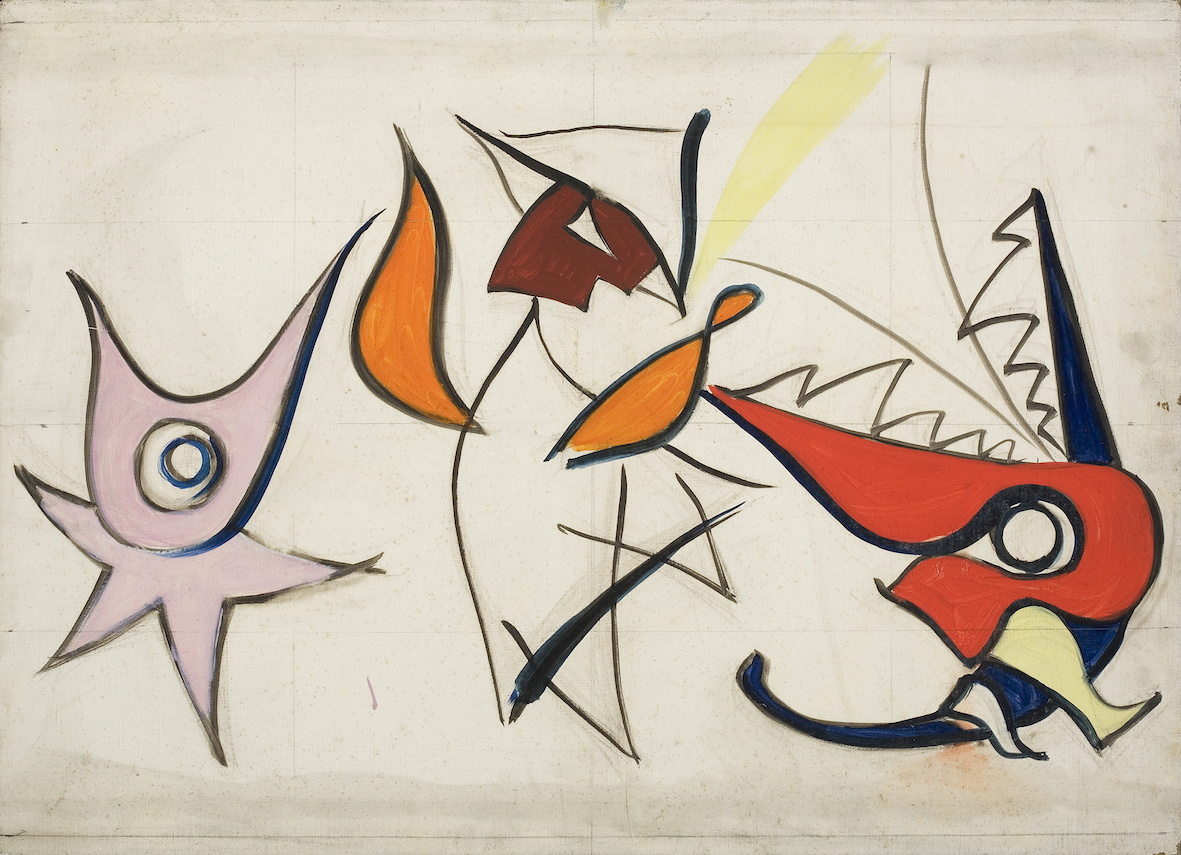

Taro’s Dance
In 1952 Taro Okamoto created a tile mosaic entitled, ‘Dance.’ Unlike unique works of art, like oil paintings, it is possible to create numerous copies of mosaics and furthermore, these can be displayed outdoors. This allows art to become more accessible to society, that is what he thought. They represent the true the embodiment of Taro Okamoto’s philosophy of art.
Past Exhibition

The Myth of Tomorrow and the Tower of the Sun
From October to November 2023, the Myth of Tomorrow will undergo the first major restoration to be carried out in fifteen years since it was installed in Tokyo’s Shibuya station. This year marks the initial phase of this long-term restoration project and will involve work on the rightmost four panels over a period of 40 days. It is the start of an effort to preserve this great work for the enjoyment of future generations.
explore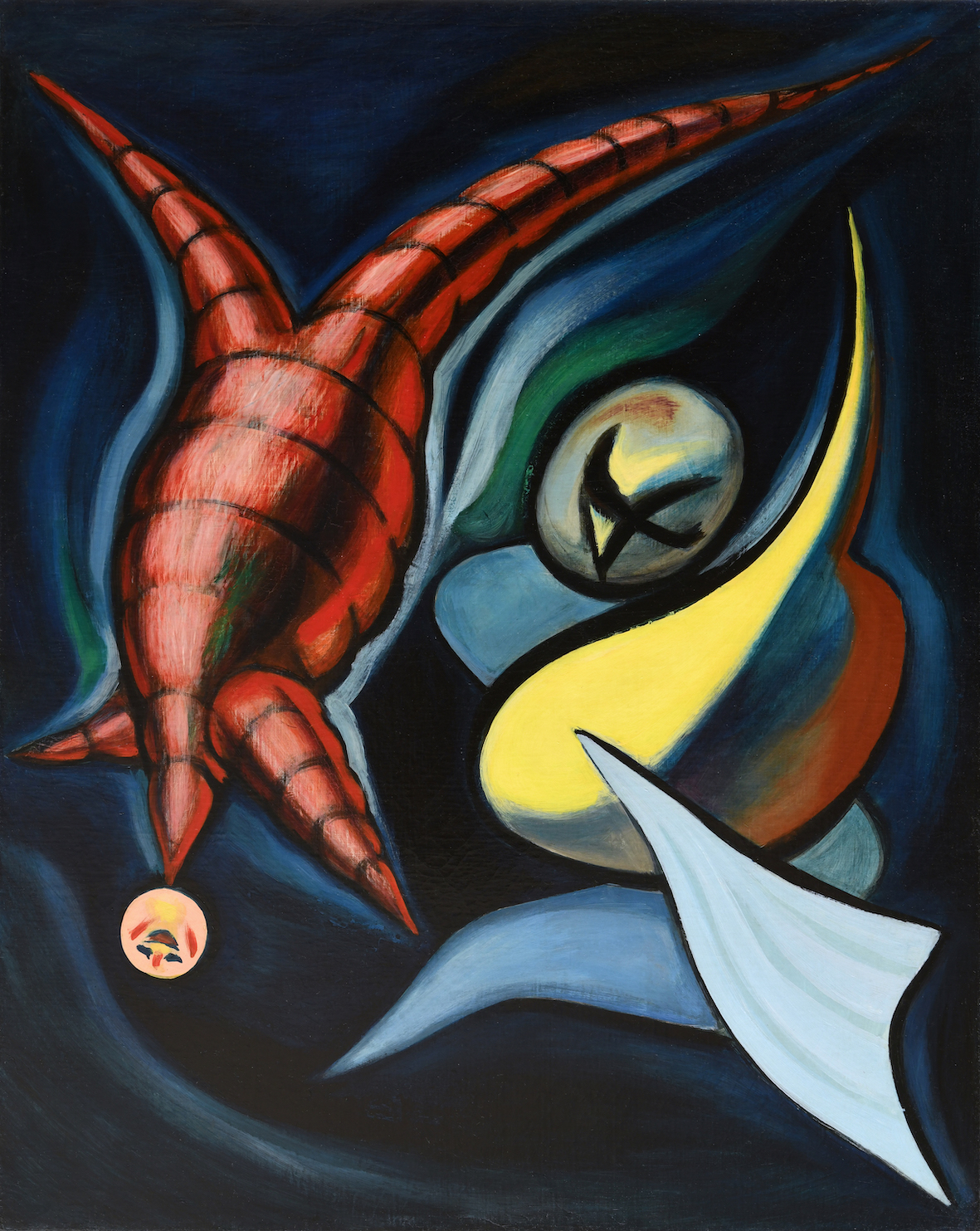
Commemorating the Museum’s 25th Anniversary—Unseen Treasures from the Collection
Established by Toshiko Okamoto, Taro Okamoto’s partner in both public and private life,
the Taro Okamoto Memorial Museum first opened its doors to the public in May 1998, a mere two years after Taro’s death.
Twenty-five years have now passed but although the museum is housed a small, residential-sized building,
it has won the support of numerous visitors for the way in which it conveys Taro's life and spirit to the present day.
To date, the museum has held 84 exhibitions and welcomed a total of 900,000 visitors.

The Scars of Inspiration
‘When he decides he wants to paint, the picture is as good as finished.’ So said Toshiko Okamoto.
The usual process artists employ when creating a picture is to draw numerous esquisses as they gradually develop their concept,
tarobut Taro took the opposite approach. Once he felt the urge to paint,
an image of the finished work already existed in his head.
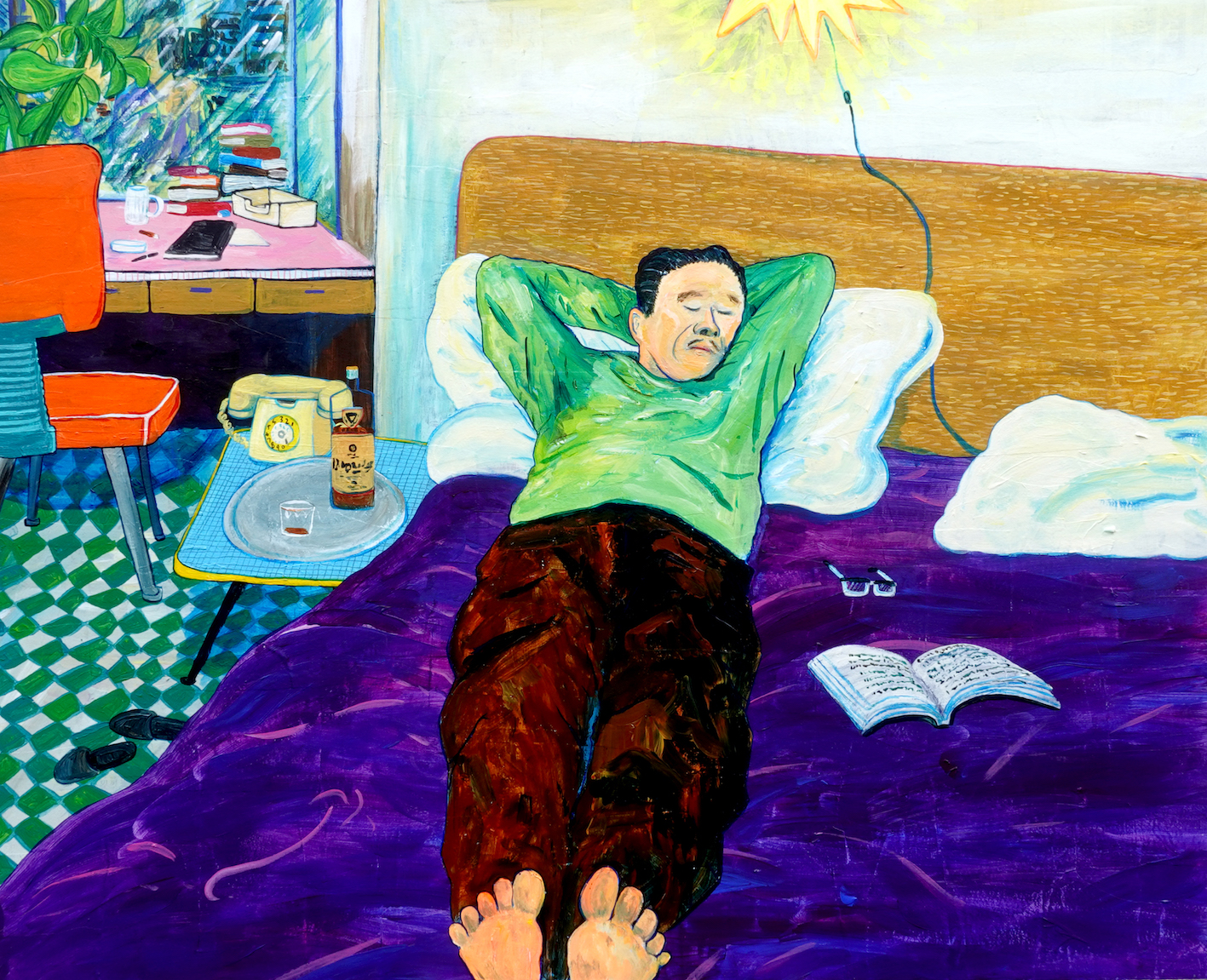
Kanji Yumisashi’s Banquet
The Taro Okamoto Memorial Museum was originally the home of Taro and Toshiko Okamoto, where they both lived and he carried out his creative activities. In 1998, following Taro’s death in 1996, Toshiko opened the space to the public. I want to return ‘everyday life’ to the building one more time, to see what Toshiko and Taro would have seen and prepare a space that will allow us to think back to the people who once lived there.
explore
One Century of Taro Okamoto
This exhibition will present an overview of the eighty-four years of Taro Okamoto’s life as an artist together with the projects that have taken place since his death and the activities carried out by the Memorial Museum over a period of more than twenty years.
We sincerely hope you will enjoy this short trip into ‘One Century of Taro Okamoto.’

Red and Black
“Red” and “Black.” These colors epitomize Okamoto’s paintings.
Taro Okamoto had liked the color “red” since childhood, saying, “It feels as if I was born from red and live my life in the midst of red,” and restarting his activities in Japan after the war, he made a sensational debut. He stirred up the Japanese art scene, daringly employing powerful primary colors to challenge the “grey world” of traditional aesthetic values.

Now is Everything! A Challenge from Calligrapher Koji Kakinuma part II
The special exhibition, “Garbled Characters ― A Challenge from Calligrapher Koji Kakinuma,” was held in 2010. In this exhibition, Koji Kakinuma presented an open studio featuring what he describes as the ‘trance work’ technique, repeatedly writing the two Japanese characters, “ま” and “え,” to fill a whole wall in a performance the like of which has never been seen before.
The following year, 2011, as part of the celebrations to mark the centenary of Taro Okamoto’s birth, Kakinuma carried out a project using calligraphy to turn Taro’s words into art. This resulted in the publication of the book, “Trance-mission.”
Ten years have passed since then but once again, the stage has been set at the Taro Okamoto Memorial Museum for Koji Kakinuma to create to a unique form of expression.
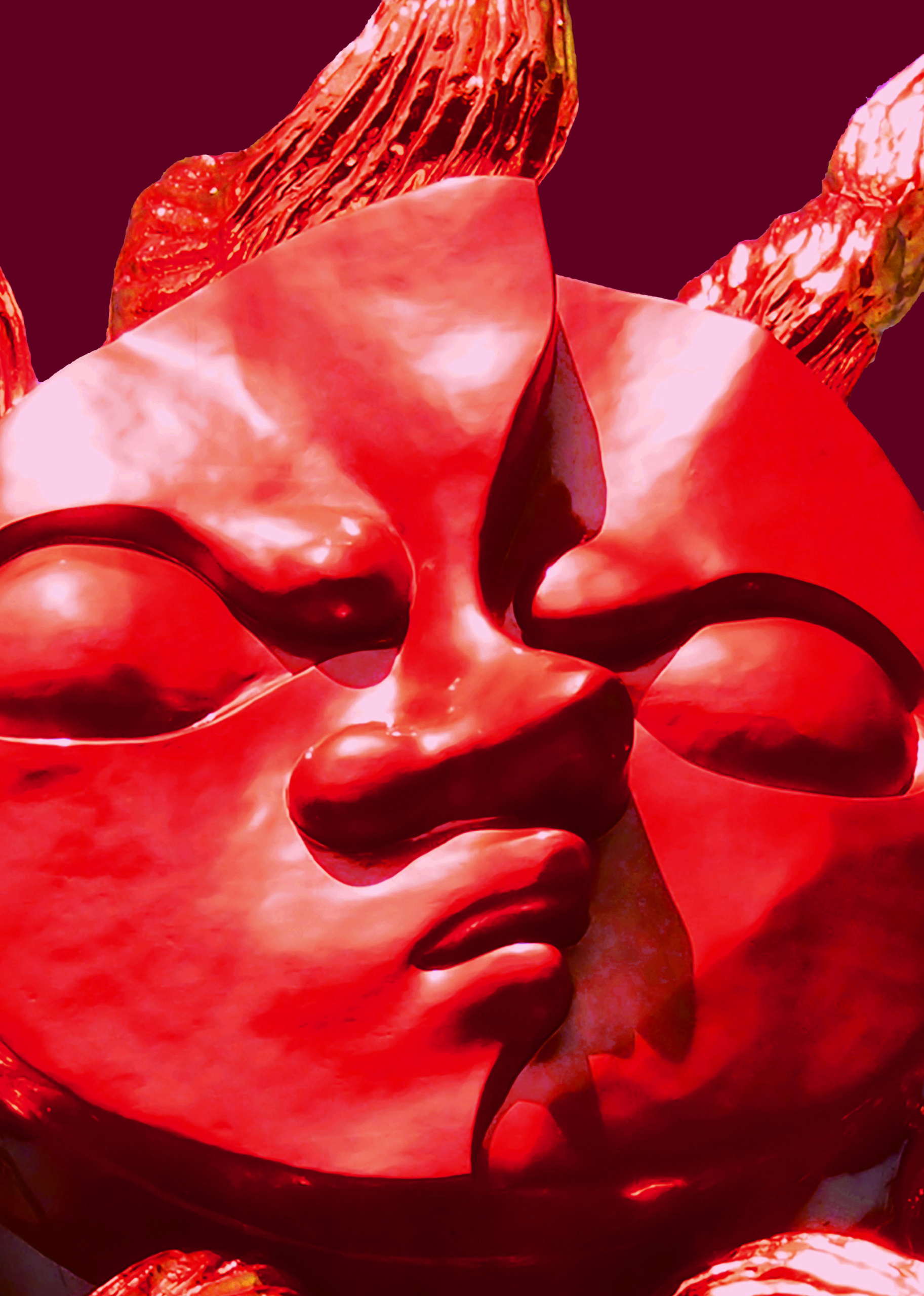
A Face is A Universe
A face is a universe.
A face is self, it is other, it is all.
The eyes are placed in the exact center. They are holes, one with the universe, allowing us to interact with it.
Every possible layer of beauty in the world possesses various faces and also eyes.
Round eyes, sharp eyes, sunken eyes…all types of eye glare, challenge, and confirm absolutes in each other.
The universe of a single face contains countless other faces, all with gleaming eyes.
They possess an indescribable feeling of reality .
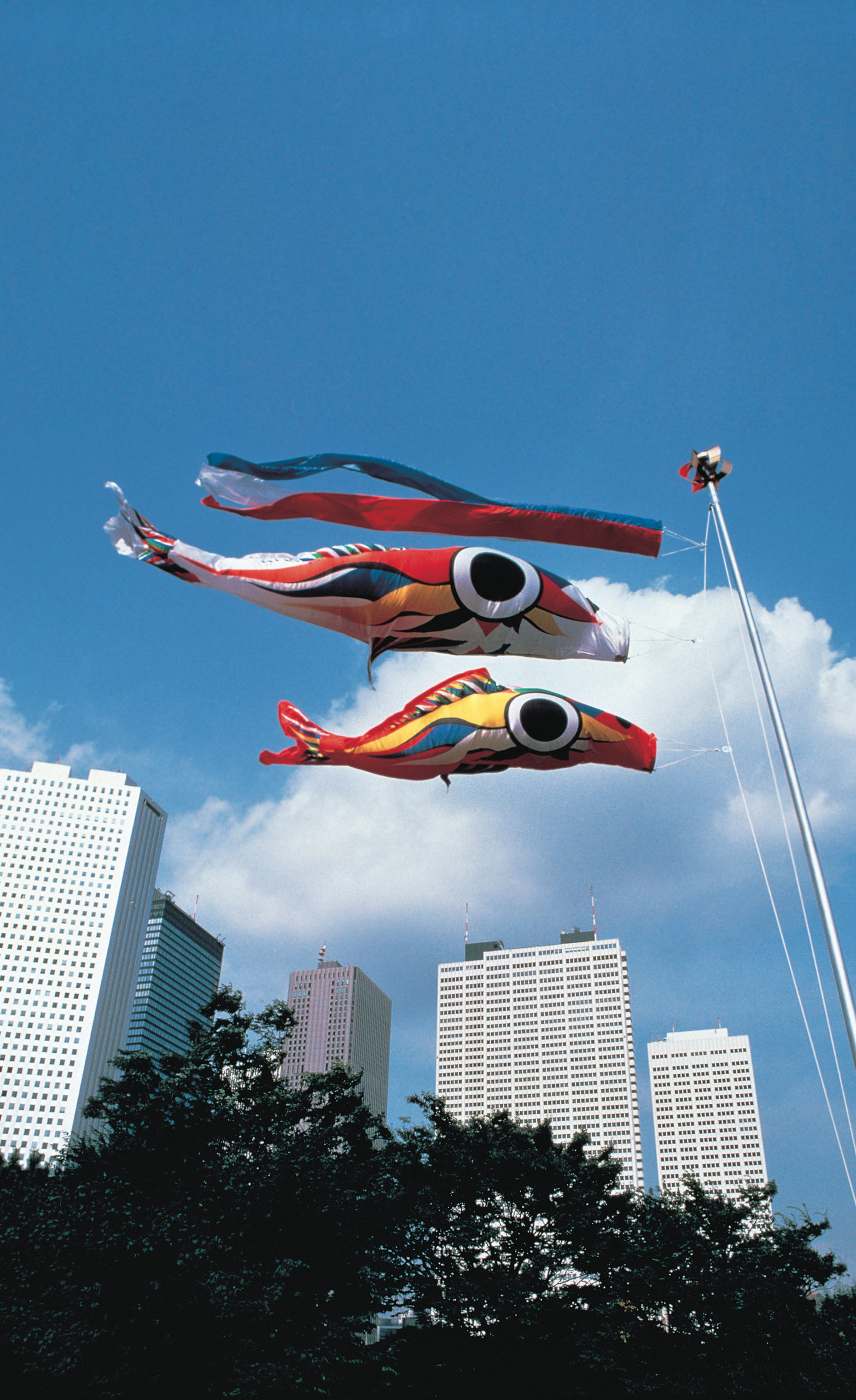
Art in Daily Life
‘Carp streamers…they’re great. A giant fish swimming through the sky. What great imagination. They are not the creation of a single artist. They represent an image that emerged quite naturally and is shared by the ordinary people. I want to spread it around the world.’
With this thought in mind, Taro Okamoto set about making his own carp streamer. Large googly eyes, scales applied in primary colors and a lively, dynamic form. It is typical of Taro’s work—a carp streamer that looks as if it is alive.

